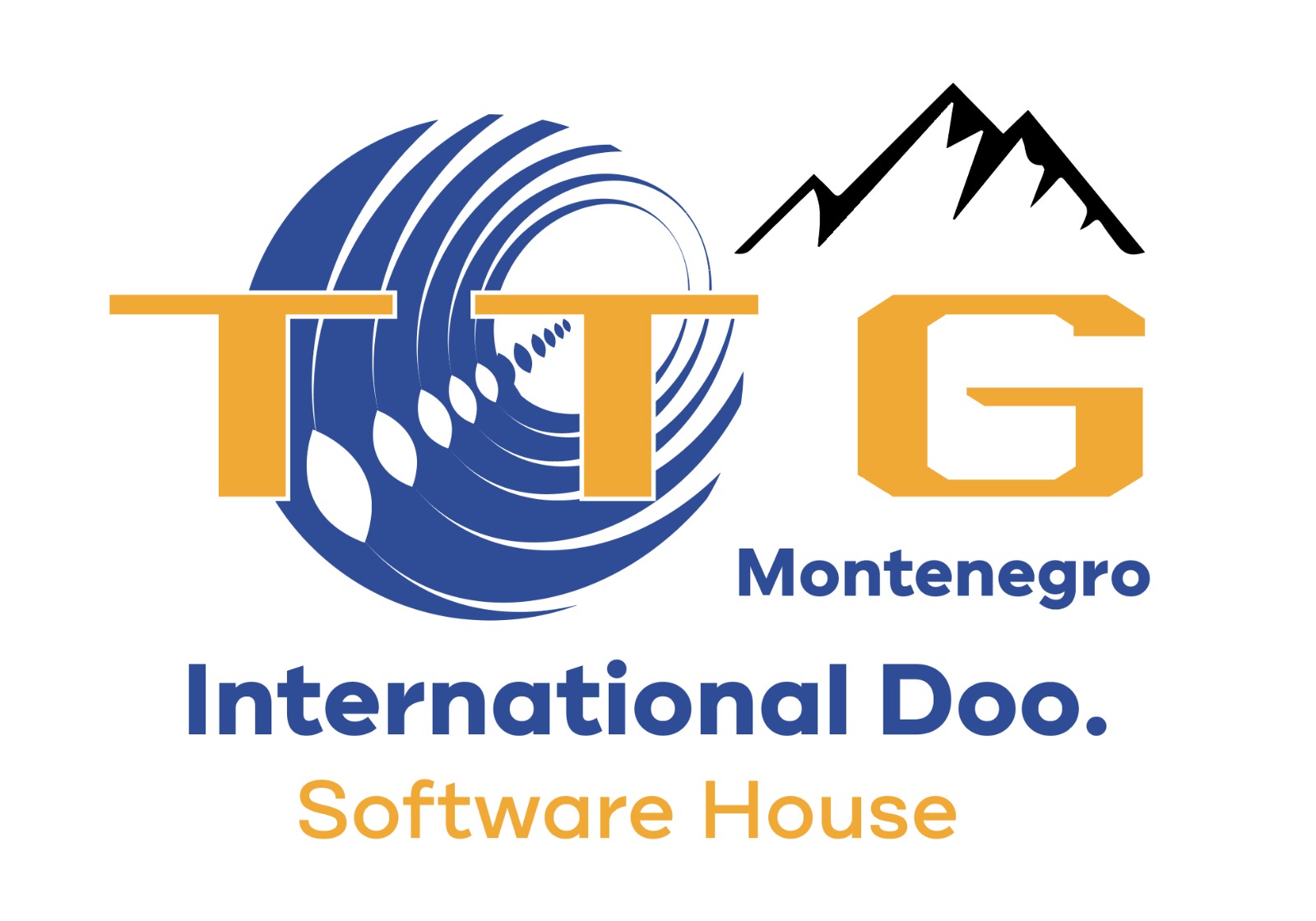In an era of rapid technological advancements and increasing digital dependencies, the significance of robust and future-proof networks cannot be overstated. As businesses, individuals, and entire societies continue to integrate technology into every aspect of their lives, the need for networks that can seamlessly adapt, scale, and remain resilient in the face of evolving challenges becomes paramount.
This article delves into the concept of future-proofing networks and how leveraging automation is a pivotal strategy for achieving scalability and resilience in modern networking landscapes.
What is Meant by Future-Proofing Networks?
Future-proofing networks is a strategic approach to network design and management that aims to create infrastructures capable of accommodating emerging technologies and demands without frequent overhauls or disruptions.
It involves anticipating potential challenges, technological shifts, and capacity requirements and designing networks in a way that can adapt to these changes with minimal disruptions.
Traditional network architectures often struggle to keep up with the rapid pace of technological change. For instance, the emergence of cloud computing, the Internet of Things (IoT), and the proliferation of mobile devices have placed immense pressure on networks to handle increased data traffic and provide low-latency connections. Inadequate network designs can result in bottlenecks, downtime, and compromised user experiences.
The Role of Automation in Future-Proofing Networks
Automation has emerged as a cornerstone strategy in future-proofing networks. It involves using software-defined processes and technologies to streamline and expedite network management tasks, reducing the need for manual intervention.
Automation helps networks become more agile, adaptable, and capable of responding to changing requirements promptly. Below, we’ve discussed how automation can help in future-proofing networks.
Scalability
Scalability is a critical component of future-proofing networks. As technological demands increase, networks must be able to accommodate higher data volumes, traffic loads, and user connections. Traditional networks often require extensive manual configurations and hardware additions to scale, which can be time-consuming, error-prone, and costly.
Automation addresses this challenge by enabling dynamic scaling. With automated provisioning and orchestration, network resources can be allocated and adjusted on the fly in response to demand fluctuations.
For instance, in cloud-based environments, virtual machines and containers can be automatically spun up or down based on workload requirements. This level of scalability ensures that networks can handle sudden spikes in traffic or resource demands without manual intervention.
TTG’s GEMS exemplifies scalability through its implementation of microservices and containers by breaking down its architecture into modular microservices, GEMS can seamlessly adapt to fluctuating workloads. Each microservice functions independently, enabling effortless horizontal scaling as demand grows making it an ideal choice for the dynamic demands of modern networks.
Enhancing Resilience
Network resilience, or the ability to maintain functionality even in the face of disruptions, is another key aspect of future-proofing networks. Automation plays a vital role in enhancing network resilience by enabling rapid response to failures and minimizing downtime.
Automated monitoring systems can continuously track network performance metrics and identify anomalies or potential issues. When a problem is detected, automated processes can be triggered to reroute traffic, isolate affected components, and implement failover mechanisms.
This proactive approach to resilience ensures that network disruptions are short-lived and do not lead to widespread outages.
Efficient Resource Management
Efficient resource management is at the heart of scalability and resilience. Automation facilitates intelligent resource allocation, ensuring that network resources are used optimally.
Through predictive analytics and machine learning algorithms, automation can identify patterns in resource utilization and make recommendations for optimizing network performance.
For example, automated load balancing can distribute traffic across multiple servers to prevent overloading and reduce response times. This not only enhances user experiences but also prevents individual points of failure.
By constantly adapting resource allocation based on real-time data, automation maximizes resource efficiency and supports network stability.
Simplified Network Operations
Complexity is often the enemy of both scalability and resilience. Traditional networks with manual configuration processes can become intricate and challenging to manage as they grow. This complexity hinders the ability to scale and increases the likelihood of misconfigurations and vulnerabilities that could compromise network resilience.
Automation simplifies network operations by abstracting complex configurations into programmable templates. This not only reduces the risk of errors but also accelerates the deployment of new network services. Moreover, automated workflows enable consistent configurations across different network elements, reducing inconsistencies that could lead to vulnerabilities.
Challenges Associated with Implementing Automation
Certain challenges are associated with implementing automation to improve the capabilities of existing networks. These include:
Integration Complexity
Integrating automation into existing network infrastructures can be a complex undertaking. Many organizations have legacy systems and processes not originally designed with automation in mind. As a result, retrofitting automation solutions to work seamlessly with these systems can pose significant challenges.
Legacy systems might lack Application Programming Interfaces (APIs) or have proprietary interfaces that are not easily compatible with modern automation tools. This integration complexity can slow down the adoption of automation and even lead to incomplete implementations.
Organizations must invest time and resources in identifying integration points, developing connectors or adapters, and ensuring that data can flow smoothly between automated and manual processes.
Skill Gap
While automation holds the promise of streamlining network operations, it requires a skilled workforce to design, implement, and manage automated workflows. Many organizations face a skill gap where network administrators lack proficiency in automation tools and programming languages required for scripting.
Automation tools often require knowledge of languages like Python, YAML, or JSON, which might not be familiar to traditional network teams. Organizations must provide training and upskilling opportunities to their network personnel to bridge this skill gap. Without the necessary skills, the potential benefits of automation might remain untapped, leaving networks susceptible to inefficiencies and complexities.
Security Concerns
Automation introduces a new layer of complexity to network security. While it can enhance security by enabling rapid response to threats and vulnerabilities, automation can inadvertently introduce security risks if not properly configured and managed.
Automated processes might have access to critical network resources and data. If not secured properly, malicious actors could exploit vulnerabilities in automated workflows to gain unauthorized access or disrupt network operations.
Organizations must take a security-first approach to automation by implementing encryption, authentication mechanisms, and access controls for automated processes. Regular security audits and monitoring are essential to ensure that automated systems adhere to security and compliance standards.
Resistance to Change
Introducing automation can face resistance from within the organization. Traditional network teams might be apprehensive about the automation-driven transformation of their roles. There could be concerns about job security, uncertainties about adapting to new tools, or a general resistance to change.
Addressing this challenge requires effective change management strategies. Clear communication about the benefits of automation and its positive impact on network operations can help alleviate concerns. Involving the existing network teams in the automation process, providing training and mentorship, and showcasing successful automation implementations can encourage acceptance and collaboration.
Vendor Lock-In
When adopting third-party automation solutions, organizations can inadvertently become locked into a specific vendor’s ecosystem. This dependency on a single vendor for automation tools and platforms can limit flexibility and hinder future adaptability.
To mitigate this challenge, organizations should evaluate automation solutions with an eye toward open standards and interoperability. Opting for solutions that support open APIs and industry-standard protocols ensures that the organization is not constrained by vendor-specific limitations.
A well-planned strategy for vendor management and a commitment to maintaining control over critical aspects of network infrastructure are crucial in avoiding vendor lock-in.
Balancing Customization and Standardization
Automation offers the advantage of standardizing processes, ensuring consistent configurations, and minimizing errors. However, there is a fine balance between standardization and customization. Networks often have unique requirements that might not fit neatly into standardized automation workflows.
Finding this balance involves careful planning and design. Automation workflows should be modular and adaptable, allowing for customization where necessary while still maintaining the benefits of standardization. Striking this balance ensures that networks remain agile enough to accommodate specific needs while reaping the efficiency gains of automation.
The Future Landscape of Future-Proofed Networks
As technologies continue to evolve, the landscape of future-proofed networks will be shaped by several key trends:
5G and Beyond
The rollout of 5G networks will lead to unprecedented connectivity and data speeds, requiring networks to be more scalable and resilient than ever.
Edge Computing
With the rise of edge computing, networks will need to support distributed data processing, necessitating automation to manage complex interactions between edge devices and central data centers.
AI and Machine Learning
Automation will leverage AI and machine learning to predict network trends, optimize resource allocation, and proactively prevent disruptions.
Zero Trust Security
Future-proofed networks will prioritize zero-trust security models, where automation plays a crucial role in continuous monitoring and adaptive access controls.
Final Thoughts
In a rapidly changing technological landscape, future-proofing networks is not just a luxury but a necessity. The integration of automation into network design and management processes is a pivotal strategy for achieving the scalability and resilience required to meet emerging challenges and demands.
By automating tasks ranging from resource allocation to network monitoring, organizations can create networks that are agile, adaptable, and well-equipped to navigate the complexities of the digital age.
As we look to the future, the role of automation in ensuring the longevity and effectiveness of networks will only continue to grow, making it an essential tool for any organization invested in maintaining a competitive edge in the evolving world of networking.



